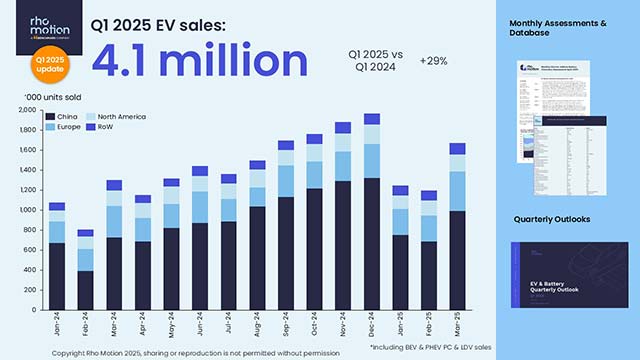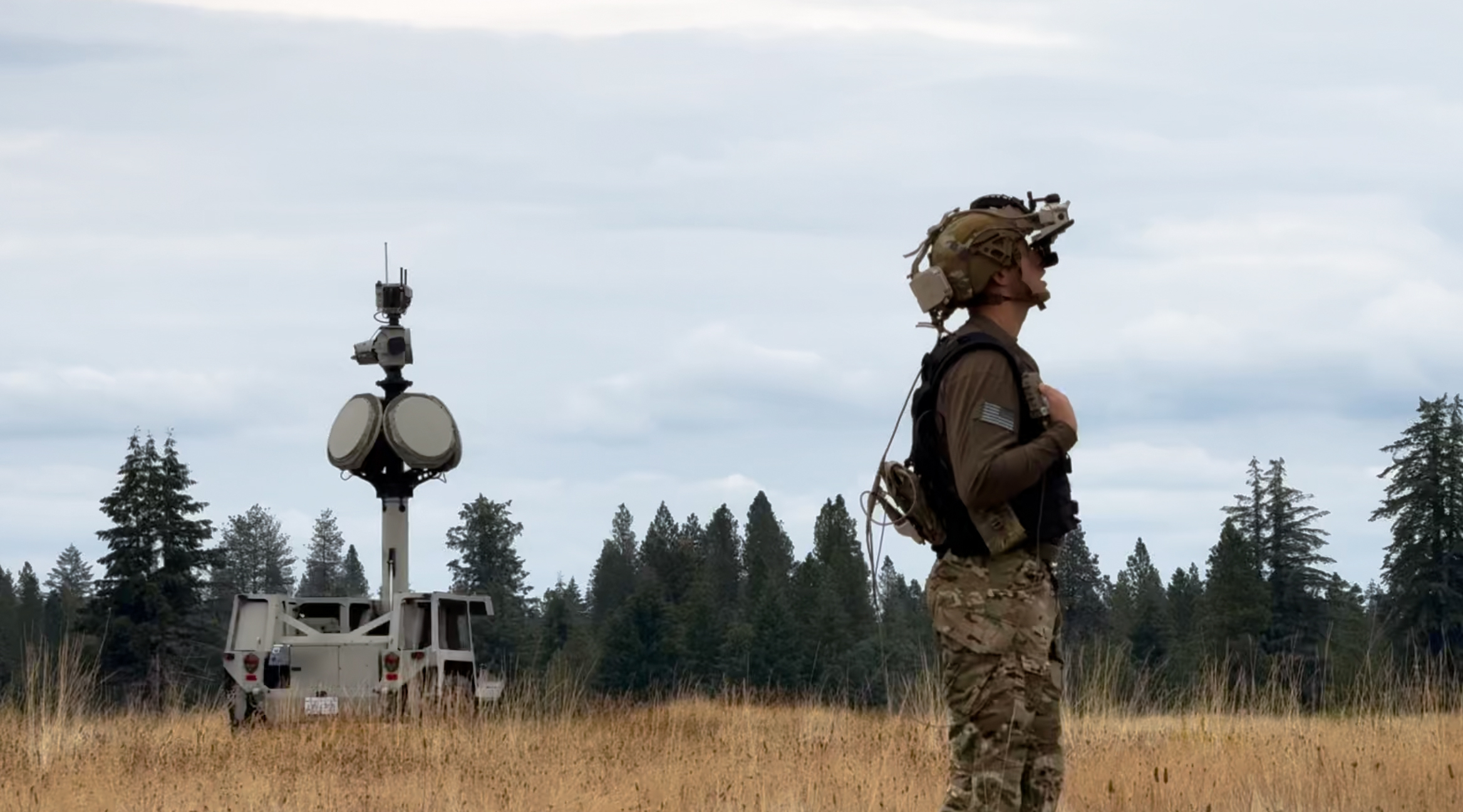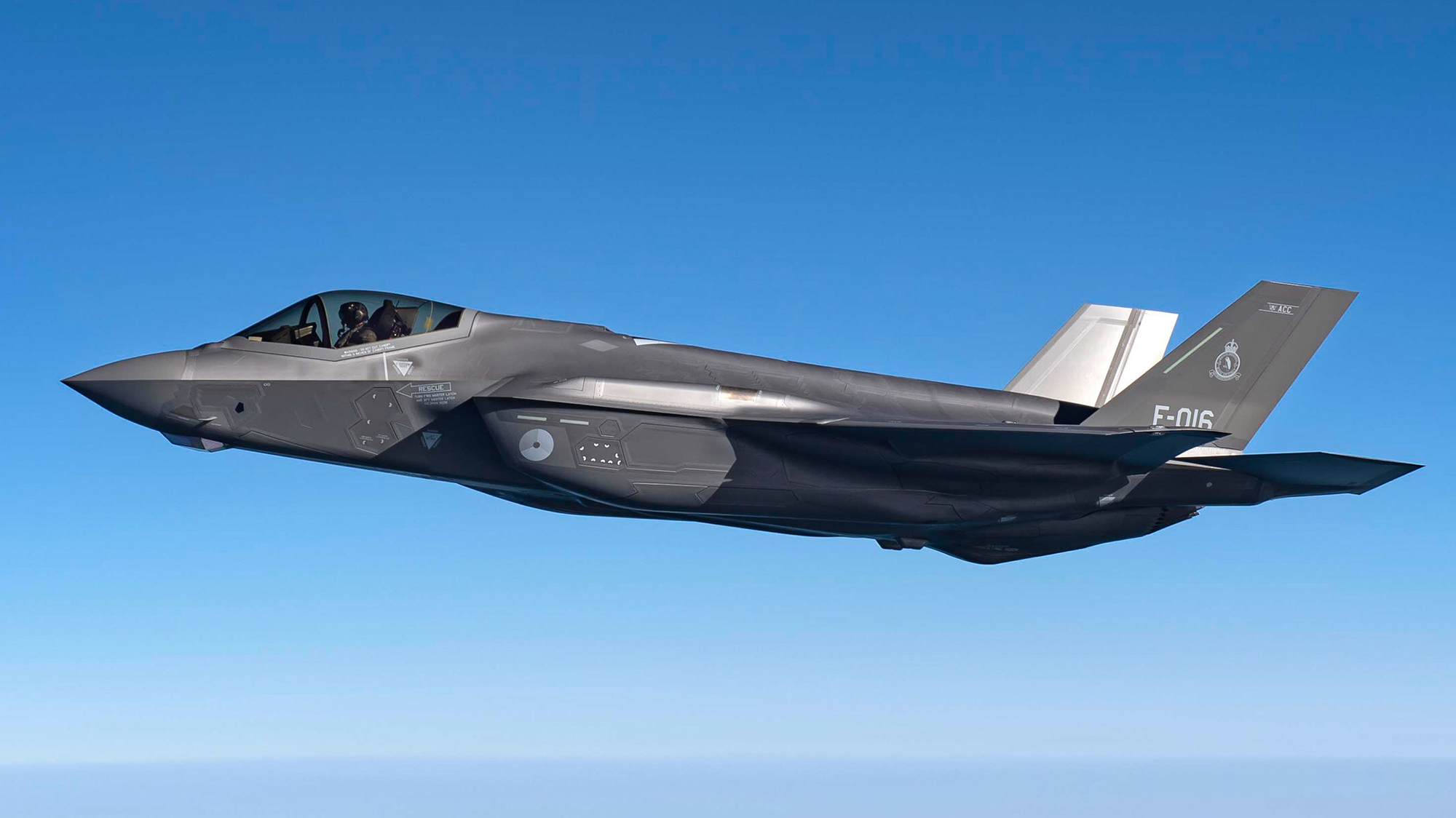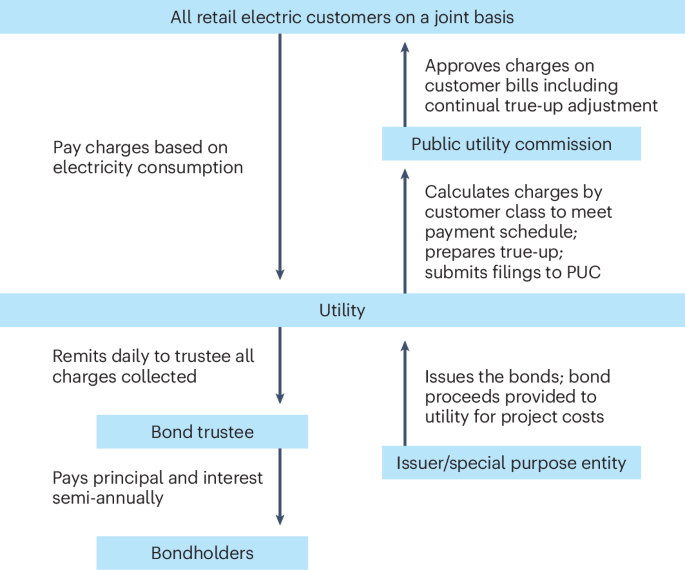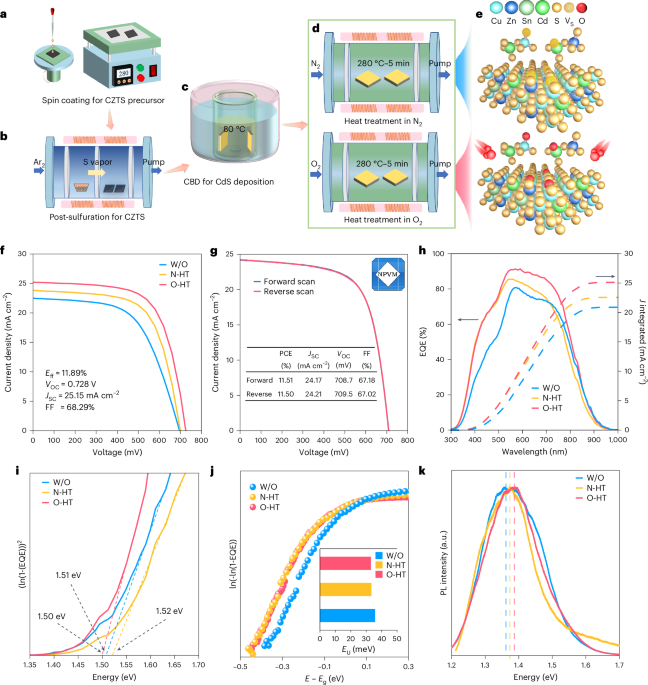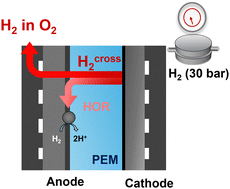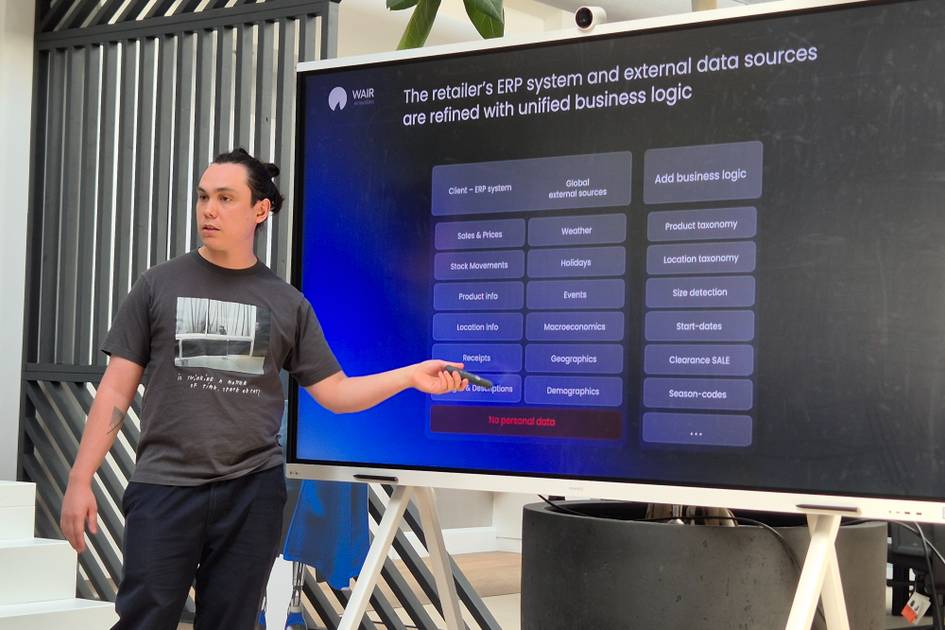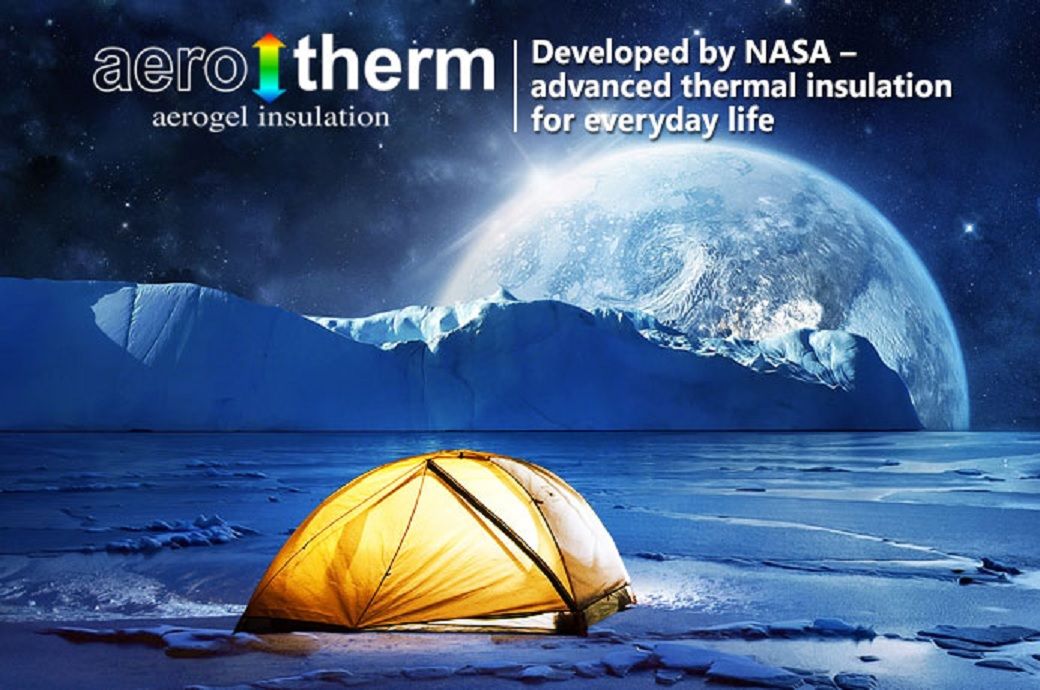Engineering Orbital Hybridization in Advanced Electrocatalysts for Energy Conversion: Fundamentals, Modulations, and Perspectives
Advanced Energy Materials, EarlyView.

This review comprehensively interprets orbital hybridization in heterogeneous electrocatalysis, covering fundamental theory, classifications, and key descriptors. It highlights how orbital hybridization manipulates catalyst activity, selectivity, and stability, ultimately enhancing device longevity. Advances in tuning orbital hybridization via strain engineering, heteroatom doping, magnetic effects, heterojunction interface, and coordination microenvironment regulation are discussed, along with pertinent challenges and future perspectives.
Abstract
Catalytic coordinates are essentially the dynamic interactions of frontier orbitals when interacting with electrocatalysts and adsorbates under optimal reaction conditions. Flexible modifications in orbital hybridization enable intrinsic control over both the thermodynamics and kinetics of electrochemical reactions. However, systematic depictions of this phenomenon in electrocatalysis are currently lacking, despite being extremely important. In this tutorial review, a comprehensive interpretation of orbital hybridization involved in the catalyst system and its role in electrocatalysis is provided. This review starts with the fundamentals of orbital hybridization, covering basic theories (valence bond theory, hybrid orbit theory, molecular orbital theory, and frontier orbital theory), classifications (binary- and multi-orbital interactions), and descriptors (such as orbital overlap degree, energy level matching, and Fermi energy level). It further introduces the key roles of orbital hybridization in manipulating the intrinsic activity, selectivity, and stability of electrocatalysts, as well as extending the device lifespan. Recent advances in tuning orbital hybridization for enhanced electrochemical reactions (e.g., HER, OER, ORR, NRR, and CO2RR) through various strategies (external field modulation, electronic structure modulation, geometric structure modulation, and coordination microenvironment regulation). Challenges and perspectives for future research related to orbital hybridization are discussed at the end.






























